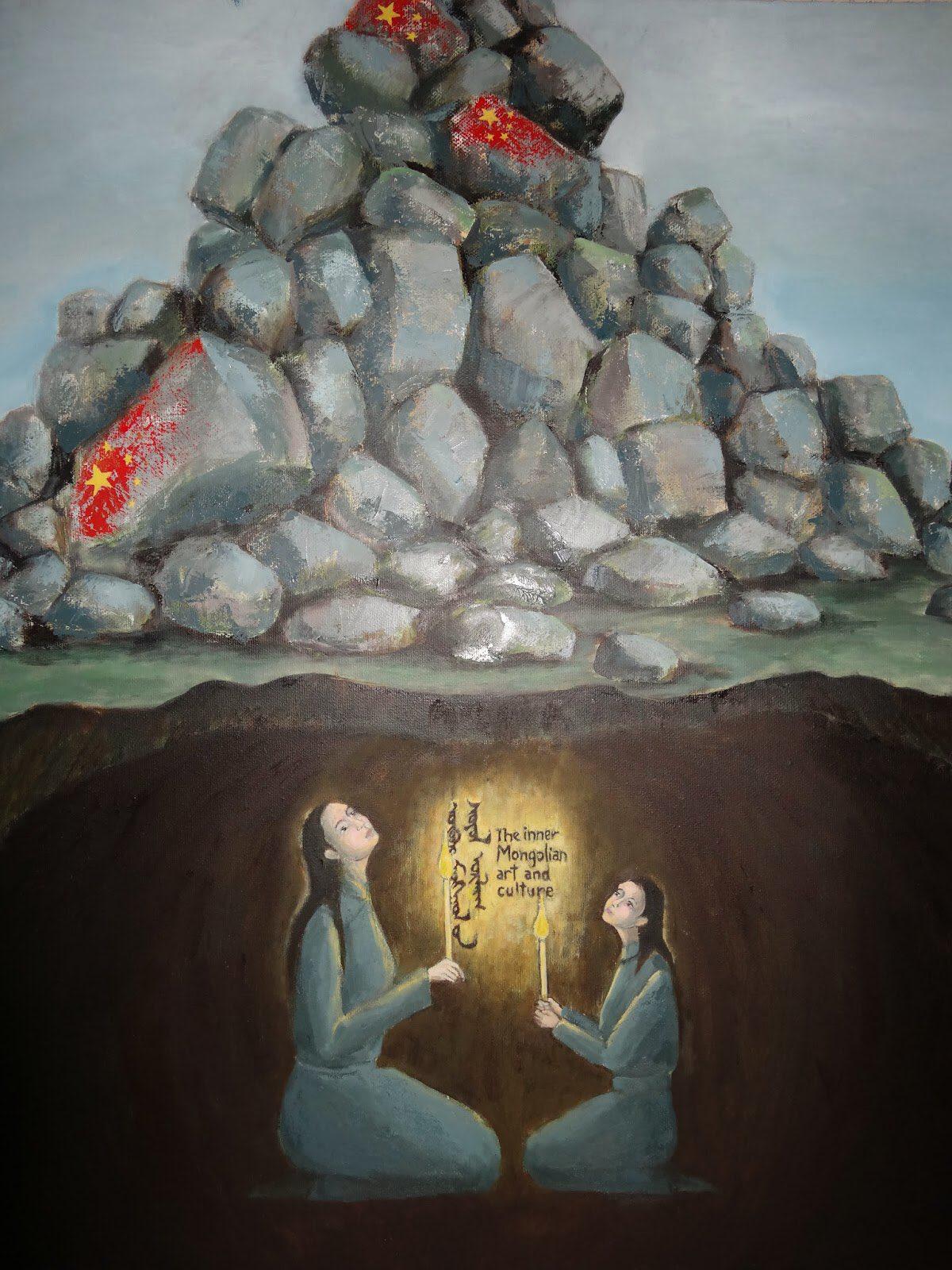
When the world speaks of China's human rights abuses, headlines often focus on the brutal repression in Xinjiang and Tibet. Yet, another tragedy is unfolding—quieter, subtler, but equally devastating. In Southern Mongolia (officially known as the Inner Mongolian Autonomous Region), the Chinese Communist Party (CCP) is executing a calculated campaign to erase Mongolian language, culture, and identity.
In 2020, Mongolian parents, students, and teachers bravely took to the streets to protest Beijing’s decision to replace Mongolian-language education with Putonghua (Mandarin Chinese). Their resistance was met not with tanks, but with surveillance, blacklists, job losses, forced school returns, and ideological "re-education." The international media briefly noticed—and then moved on.
But the crackdown didn’t end when the protests were silenced. It evolved.
Unlike the mass internment camps of Xinjiang or the heavy militarisation of Tibet, Beijing’s tactics in Southern Mongolia are more insidious. This is “slow violence”—a systematic erosion of identity through:
This quiet form of cultural genocide doesn’t generate shocking images for global news, but it’s just as destructive. It replaces Mongolian identity with a sanitized, Han-centric version of "Chineseness," enforced through schools, propaganda, and fear.
Southern Mongolia was once held up by Beijing as a "model autonomous region." Today, that label masks the reality of colonial control and enforced assimilation. While repression in Tibet and Xinjiang rightly draws international condemnation, China's strategy in Southern Mongolia slips under the radar precisely because it avoids the overt brutality the world has come to expect.
But make no mistake—forcing a people to abandon their language, rewrite their history, and teach their children to forget who they are is a crime against humanity.
We must amplify the voices of those who can no longer speak freely. The global community cannot allow the CCP to erase Mongolian identity in silence.
The repression may look different from Xinjiang and Tibet, but the goal is the same: the elimination of indigenous identities in favour of Xi Jinping’s vision of a homogenous empire.
Let’s not wait until it’s too late to notice.
This article draws on insights from “The Not-so Model Minority: Xi Jinping’s Mongolian Crackdown” by Professor James Leibold, La Trobe University, published in China Leadership Monitor, Issue 70 (Winter 2021). (Image source: @UndusutenNam on X)